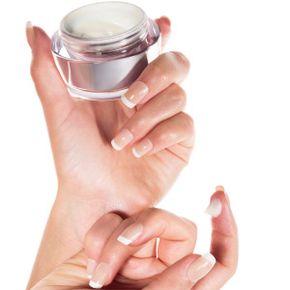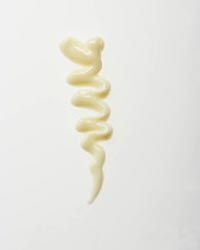The anti-aging movement has seen its share of out-there remedies and downright dangerous concoctions. In the early 1990s, a new product hit the streets promising the end of wrinkles -- alpha hydroxy acid, or AHA. Although the idea of slathering acid on one's face was (and probably still is) a bit frightening, dermatologists assured us it was fine. AHAs are natural substances found in items such as sugar cane and sour milk, and their use as an ingredient in anti-aging creams has stood the test of time as a potential remedy for fine lines and wrinkles. Products with AHA are also applied topically to exfoliate the skin and to reduce the appearance of age spots, acne scars and irregular pigmentation. In addition to skin care products, AHAs have been used in cosmetics, hair and bath products, colognes, and sun-related products [source: FDA].
Lactic, citric and tartaric acids are among the alpha hydroxy acids used in skin care products. But when AHAs initially became popular, glycolic acid -- a naturally occurring compound in sugar cane -- led the way.
Advertisement
Glycolic acid is one of the mildest types of AHA, and products that use it can be found in both over-the-counter and prescription-strength formulas. Over-the-counter glycolic acid formulations are usually intended for daily use and are left on the skin. "Discontinuous use" glycolic acid products are meant to be applied to the skin for a short time and then thoroughly removed. Discontinuous use treatments are usually administered by an aesthetician or are prescribed by a dermatologist [source: FDA].
Read on to learn how glycolic acid can reduce the appearance of aging signs on your hands and face in addition to how it can help fight acne and other chronic skin conditions.
Advertisement


